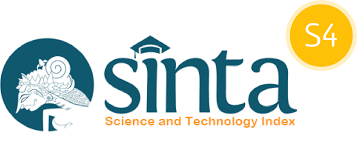Analysis of Question Items Using the Differentiating Power Method
DOI:
https://doi.org/10.34010/injiiscom.v6i1.11920Keywords:
Multiple choice questions, Analysis of question items, Discriminating power, Quality of questionsAbstract
The use of multiple choice questions in exams remains a common choice in education for various reasons, such as ease of assessment, perceived objectivity, and the ability to provide rapid feedback especially in large classes. Research shows that the use of multiple choice questions can strengthen retention of information, especially involving alternative wrong answers, as well as measure students' basic understanding in various subjects. However, to create quality multiple choice questions, an in-depth evaluation of the question elements is required, including item analysis to ensure the validity, reliability and fairness of the assessment. The results of this research using quantitative descriptive methods show that most of the questions can be improved, while a small number need to be rejected. The research conclusions suggest that rejected items should not be reused, while items that need to be corrected should be improved to improve the overall quality of the exam. Thus, analyzing the quality of multiple choice questions is crucial for increasing the effectiveness of assessment, especially in higher education contexts such as nursing and medical education.

















